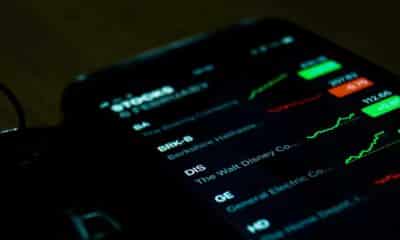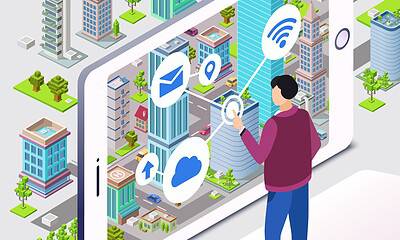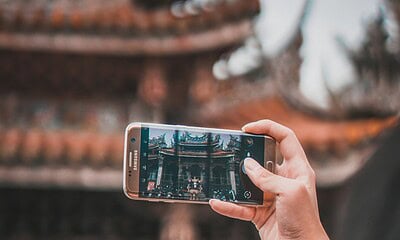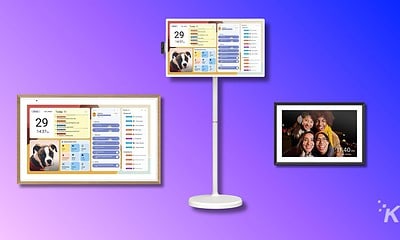Sponsored
6 ways computer vision enhances physical security
Computer vision technology is transforming how we handle physical security, offering innovative solutions for businesses, institutions, and individuals alike.
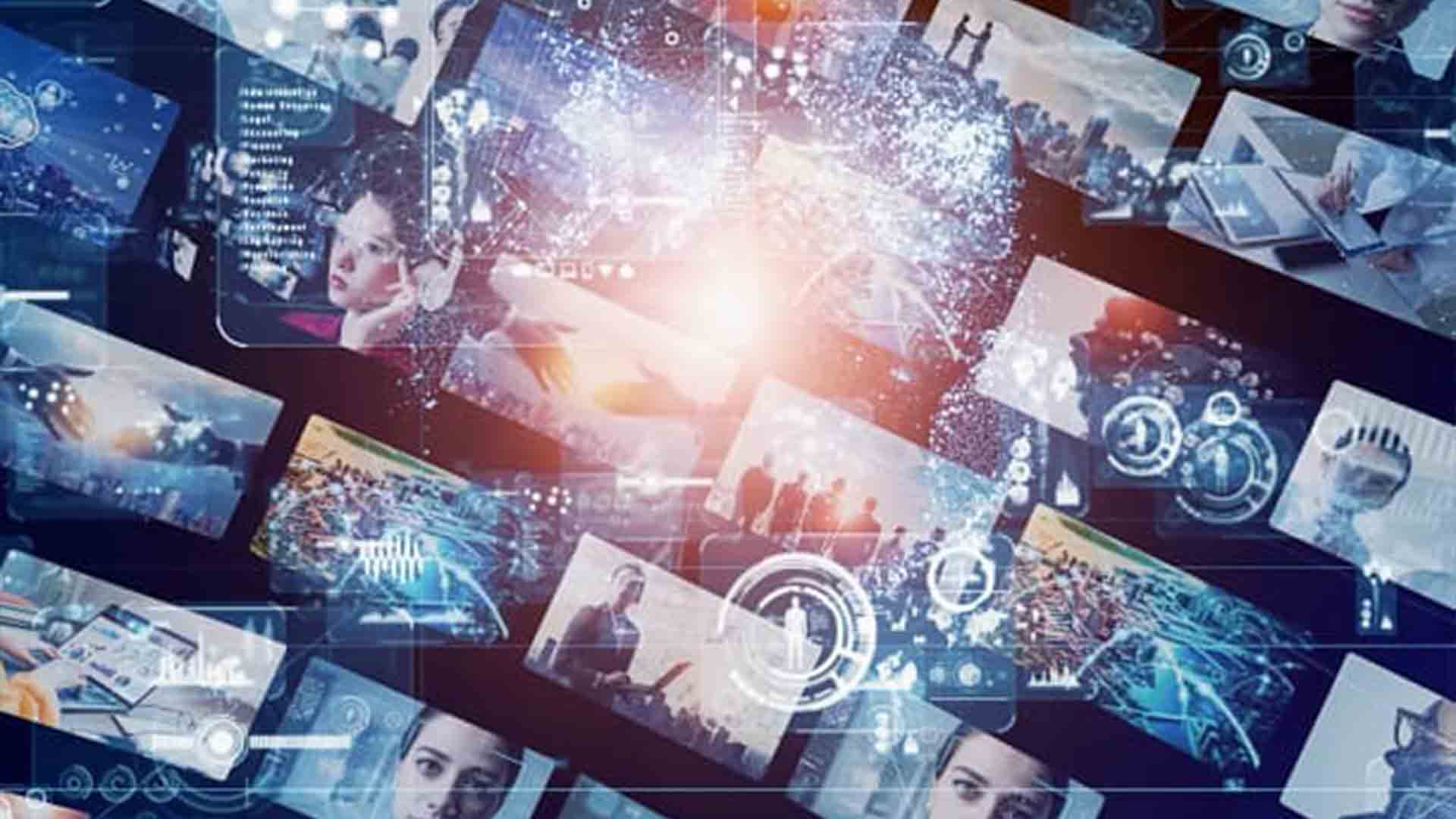
Just a heads up, if you buy something through our links, we may get a small share of the sale. It’s one of the ways we keep the lights on here. Click here for more.
Computer vision is an integral part of artificial intelligence (AI) that is changing the way we protect physical spaces. It equips your surveillance and security systems with the capability to perceive, analyze, and respond to visual data in unmatched ways.
With its projected increased growth that could see a market size of $22.27 billion this year, it’s something worth focussing your efforts on.
This technological revolution is opening a new era of physical security, providing a wide array of benefits to businesses, institutions, and individuals.
This is particularly enabled by the rise of computer vision services experts who can help you align your needs with the most suitable solution.
In this comprehensive exploration, we will uncover six distinctive ways computer vision is elevating physical security to new heights.
Understanding computer vision
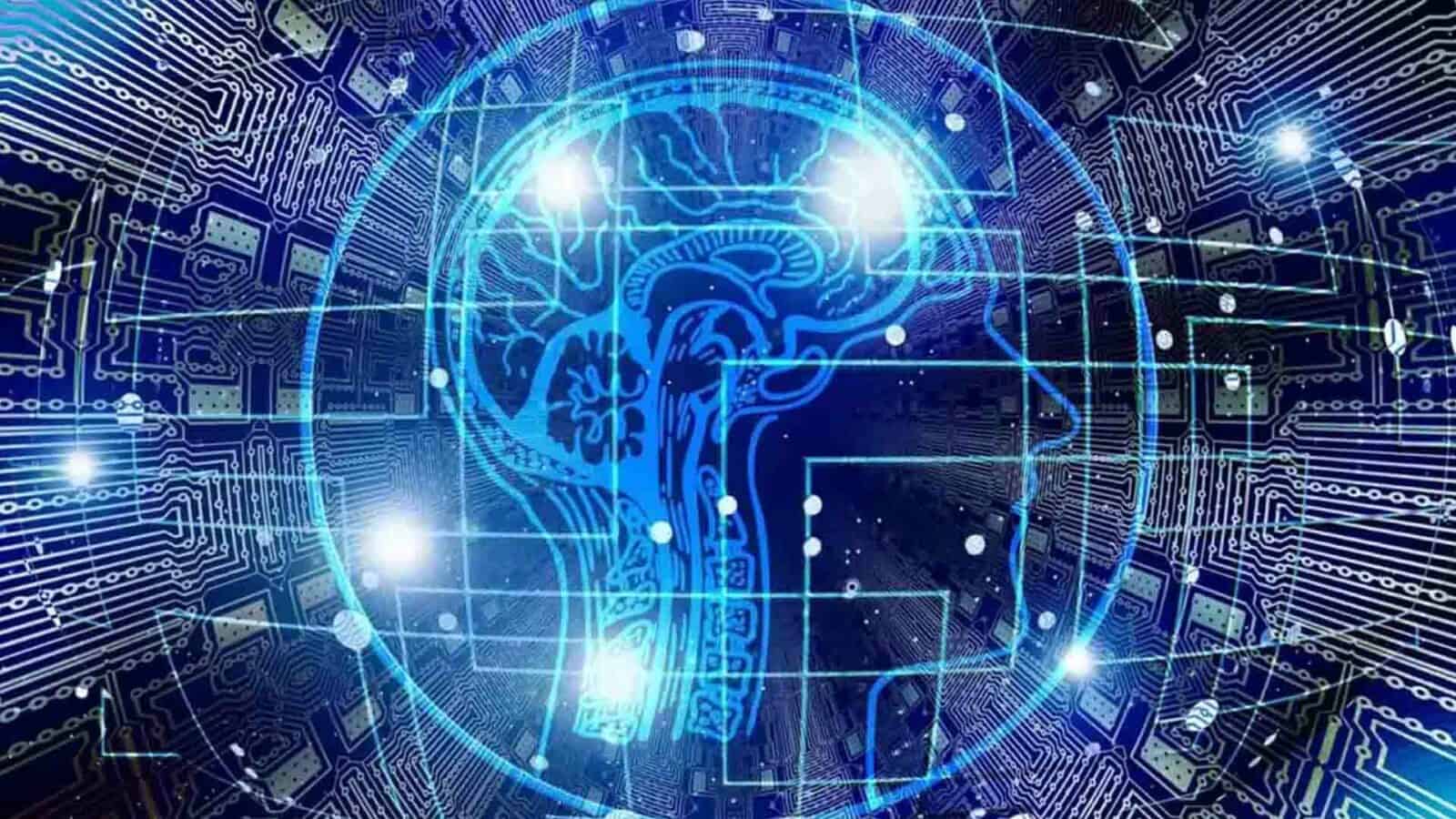
This is part of AI technology that teaches computers and machines to understand and interpret visual information. It’s like giving them the ability to see and make sense of images and videos in their surroundings, just like humans do.
This technology has a wide range of uses, from actual security systems to reading medical scans.
It’s all about making our machines smarter when it comes to understanding what they see. Simply, it’s teaching them to see the world through our eyes and use that information to make decisions or take action.
Its algorithms allow computers to identify objects, shapes, patterns, and even actions within visual data. It involves actions like image reading and processing, feature extraction, and deep learning methods.
This can include using Convolutional Neural Networks (CNNs), to perform tasks such as object detection, image classification, recognizing faces, and more.
There are widespread and diverse applications and use cases of computer vision. You can utilize it in sectors like:
- Healthcare to perform more accurate medical image analysis
- Automotive to control and keep self-driving cars safe from accidents
- Security to improve general surveillance
- Agriculture for crop monitoring
- Entertainment in monitoring ravelers’ security
Here are ways to use this popularly growing technology to improve physical security.
Intrusion detection and recognition
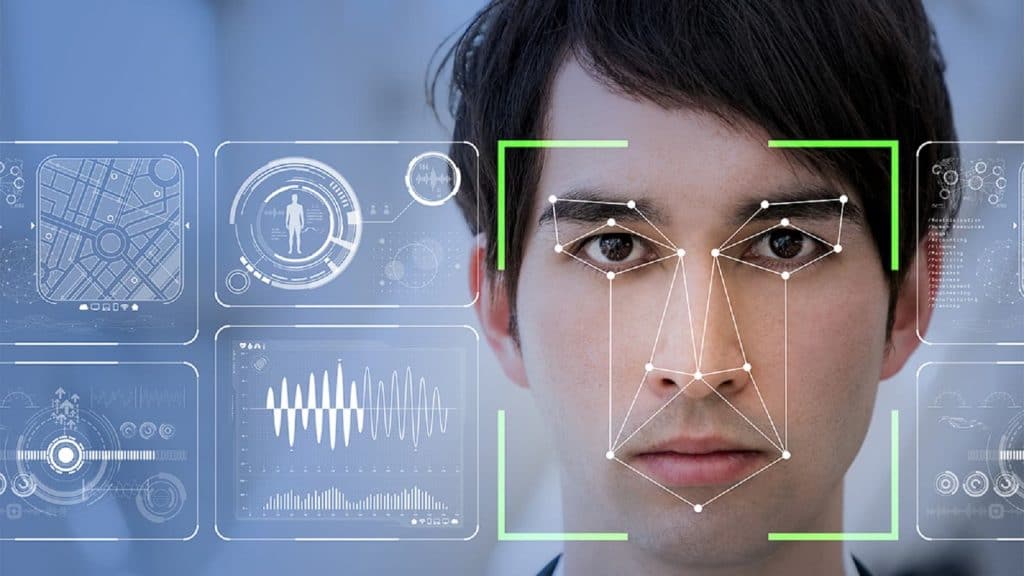
Computer vision empowers security systems to detect and respond to unauthorized intruders swiftly. This includes:
- Real-time intruder detection: Computer vision algorithms allow for instant intrusion detection, swiftly identifying unauthorized individuals or vehicles. Continuous monitoring of critical areas ensures rapid responses to security breaches, reducing potential threats. Automated alerts to security personnel or automated interventions significantly enhance security protocols.
- Facial recognition for access control: Facial recognition technology integrated into access control systems elevates security. It provides heightened authentication and identity verification for restricted areas, streamlining the management of authorized personnel and mitigating the risk of unauthorized access.
Object tracking and asset protection
Through this vision technology, your business can closely monitor its assets in real-time, improving both security and inventory monitoring and management. Two ways this happens include the following:
- Enhanced asset monitoring: Leveraging computer vision, organizations can precisely track valuable assets within their facilities, ensuring real-time location monitoring to prevent theft or misplacement. Improved inventory control and asset protection contribute to overall security optimization.
- Stolen object recovery: Computer vision facilitates the swift recovery of stolen items through the analysis of surveillance footage. Identification of culprits aids law enforcement agencies in asset retrieval, minimizing financial losses, and strengthening security measures.
Perimeter security reinforcement
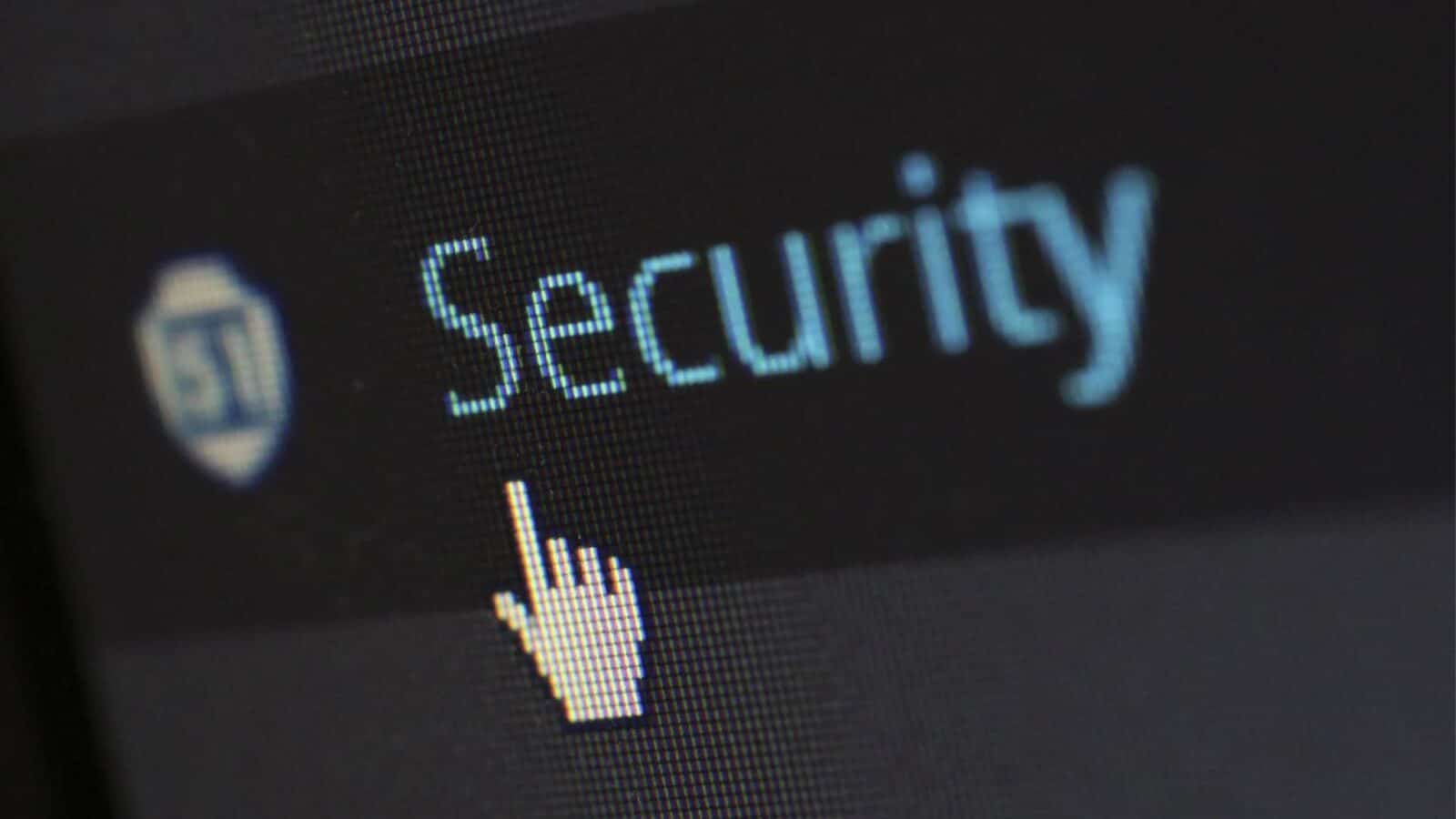
This technology also strengthens perimeter security by instantly identifying breaches and anomalies near boundaries.
- Boundary monitoring: Using computer vision for property perimeter monitoring enhances security. Immediate detection of breaches in fences or barriers bolsters the protection of critical infrastructure and facilities. Advanced anomaly recognition algorithms reduce false alarms, ensuring more efficient security operations.
- Anomaly detection: Computer vision excels in identifying unusual behavior or objects near perimeters, functioning as an early warning system for potential security threats. Minimizing false alarms through advanced anomaly recognition enhances overall security operations.
Video analytics for incident prevention
Using computer vision, predictive analytics, and real-time threat identification become key tools in preventing security incidents in these ways, among others:
- Predictive analytics: Machine learning models, powered by computer vision, can predict security incidents by identifying patterns and trends in historical data. The ability to proactively respond to potential threats results in a more secure environment.
- Threat Identification: Real-time analysis of video feeds aids in the identification of suspicious activities. Swift responses to potential threats before escalation significantly reduce the risk of security breaches and criminal activities.
Improved emergency response
You can accelerate emergency response by rapidly identifying and alerting authorities to critical events.
- Rapid event identification: Computer vision enables swift identification of security incidents, such as floods, fires, or intrusions. Automatic notification of emergency services and response teams ensures minimal response times to critical events, ultimately enhancing overall safety.
- Automated emergency alerts: Computer vision-enabled alert systems respond effectively to natural disasters or security breaches, disseminating mass notifications to occupants and authorities. You will enjoy enhanced safety protocols, and improved emergency preparedness are the direct outcomes of such capabilities.
Data-driven decision making
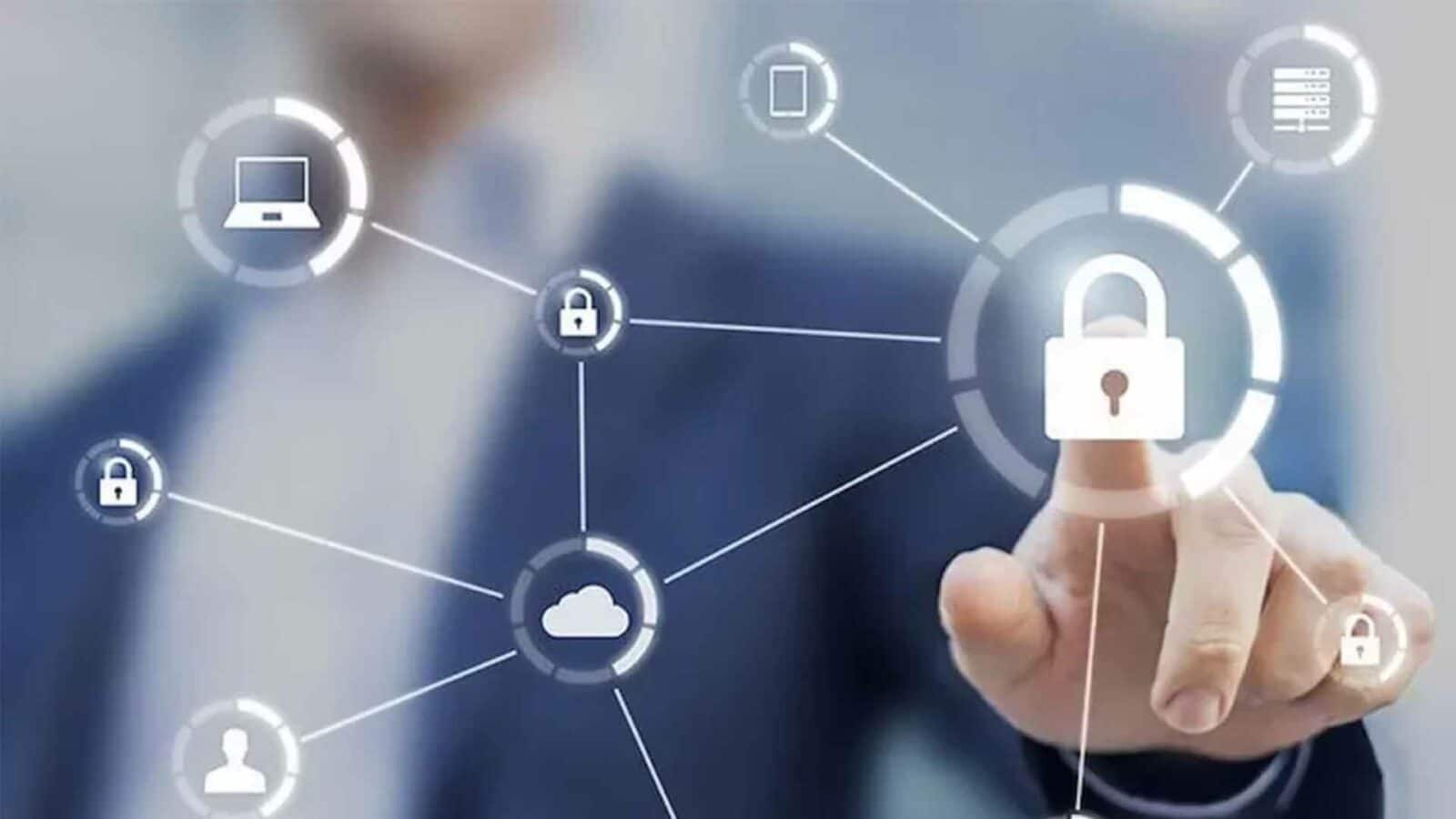
Leveraging data analytics through computer vision optimizes security systems, leading to cost-effective solutions and enhanced strategies.
- Security system optimization: Computer vision uses the power of data analytics to optimize security system performance. Identifying areas for improvement and efficient resource allocation based on data-driven insights leads to cost-effective security solutions.
- Historical data analysis: The analysis of historical security data facilitates continuous improvement in security strategies. Identifying long-term trends and vulnerabilities will contribute to proactive security planning, ultimately enhancing overall security.
Final thoughts
There’s no doubt that computer vision technology is transforming how we handle physical security, offering innovative solutions for businesses, institutions, and individuals alike.
The transformative capabilities discussed in this exploration illustrate the profound impact of computer vision on physical security.
These innovative applications can empower you to fortify your safety measures, streamline operations, and respond swiftly to evolving security challenges.
By utilizing computer vision technology, businesses, institutions, and individuals can not only safeguard their assets and environments more effectively but also optimize resource allocation and decision-making.
Have any thoughts on this? Drop us a line below in the comments, or carry the discussion to our Twitter or Facebook.
Editors’ Recommendations:
- Data erasure: a necessity for maintaining data security and compliance
- 8 top penetration testing firms: Cybersecurity Powerhouses
- Machine learning development companies are redefining the business landscape
- The state of the DLP market
Disclosure: This is a sponsored post. However, our opinions, reviews, and other editorial content are not influenced by the sponsorship and remain objective.

















